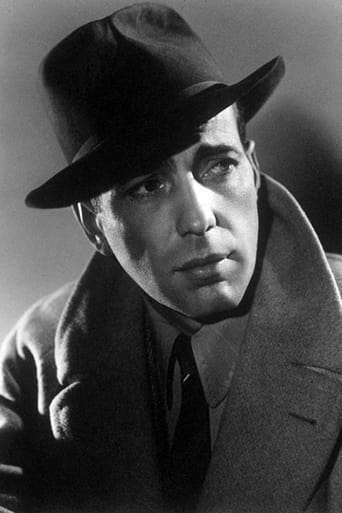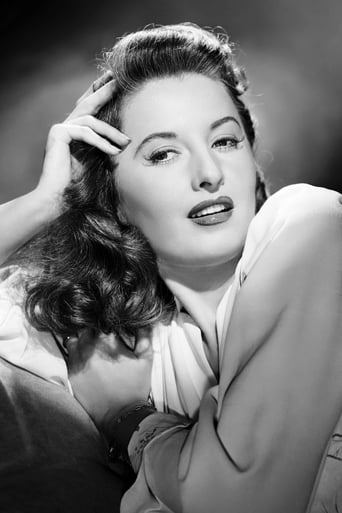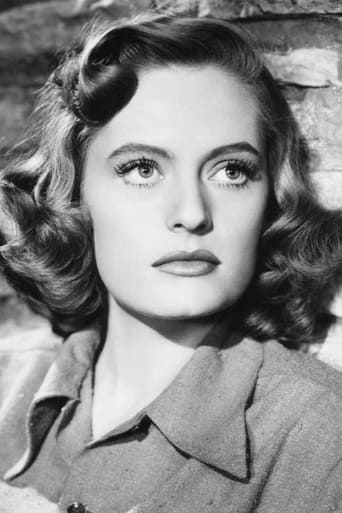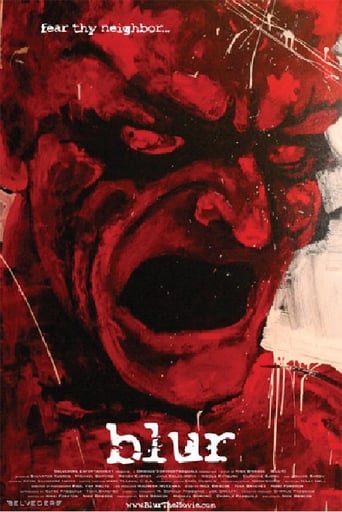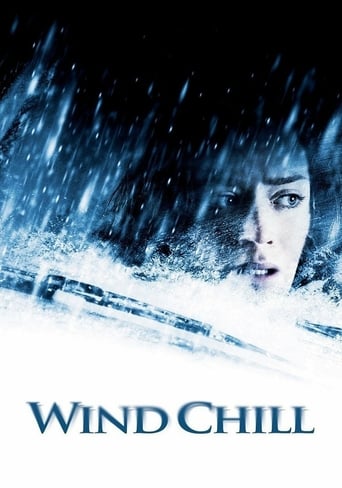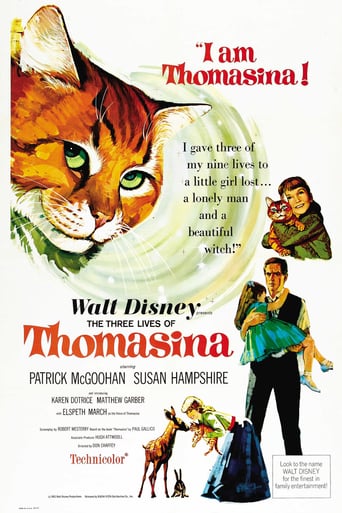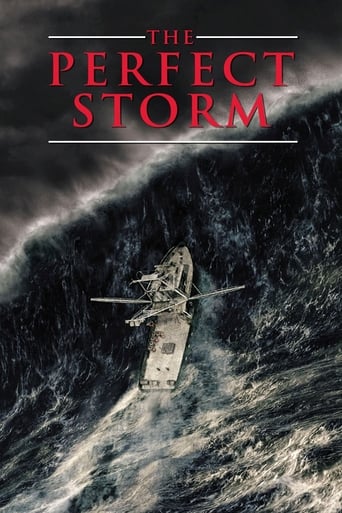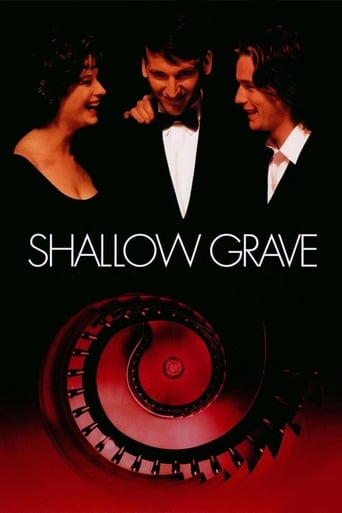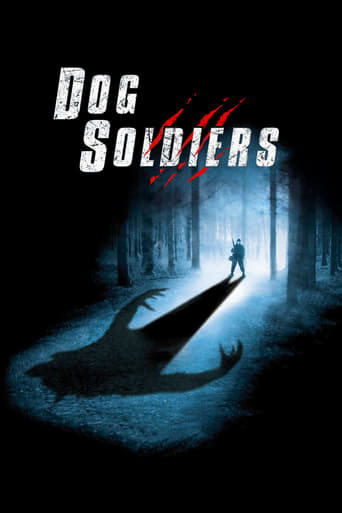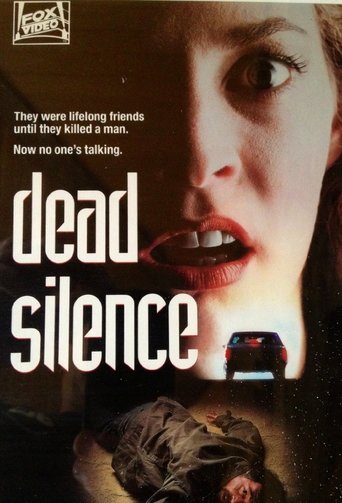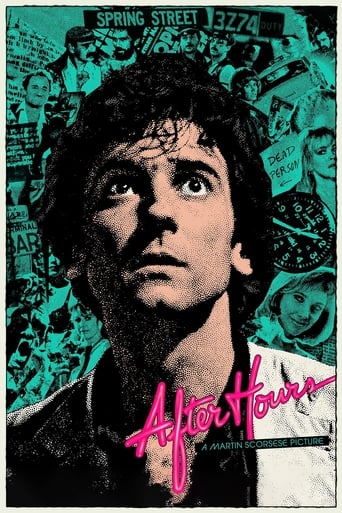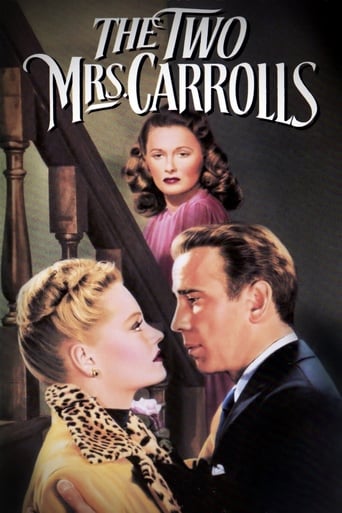
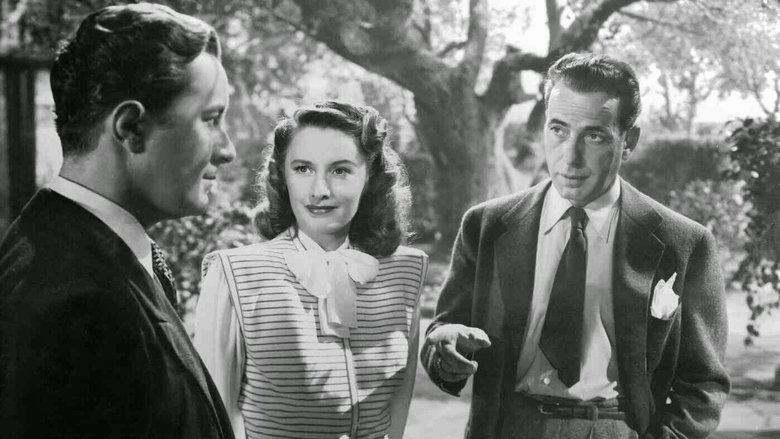
The Two Mrs. Carrolls (1947)
Struggling artist Geoffrey Carroll meets Sally while on holiday in the country. A romance develops, but he doesn't tell her he's already married. Suffering from mental illness, Geoffrey returns home where he paints an impression of his wife as the angel of death and then promptly poisons her. He marries Sally but after a while he finds a strange urge to paint her as the angel of death too and history seems about to repeat itself.
Watch Trailer
Cast


Similar titles
Reviews
Humphrey Boart plays Jeffrey Carroll--a painter whose wife died. He meets lovely Sally (Barbara Stanwyck) and falls in love. They get married but then she gets suspicions that he may have poisoned his first wife to marry her. This grows when he becomes attracted to Cecily (Alexis Smith). It all leads to a finale on a dark and stormy night.First the good things about this. The script is not bad--there are plenty of cute lines. Stanwyck is wonderful in her role. The movie LOOKS beautiful and Smith is lovely. However Bogart is seriously miscast in this. Even worse he knows it and the panic in his face is uncomfortable to watch. The movie moves slowly too. And the finale is WAY over the top to a ridiculous degree. It was unintentionally hilarious! I actually broke out laughing at the overdone melodramatics that were on screen. This was shot in 1945 but held back from release (for good reason) for two years. This was a serious misstep for Stanwyck and Bogart but it didn't affect their careers too much. Almost worth seeing for the hilarious ending. Almost.
The Two Mrs. Carrolls is directed by Peter Godfrey and adapted to the screen by Thomas Job from the Martin Vale play. It stars Humphrey Bogart, Barbara Stanwyck, Alexis Smith, Nigel Bruce, Ann Carter and Patrick O'Moore. Music is by Franz Waxman and cinematography by Peverell Marley. Completed in 1945 but not released till 1947, The Two Mrs. Carrolls is one of those films that has an abundance of stories to match the abundance of divisive reviews. Various biographers and cinema writers tell a different story about stuff like what Bogart and Stanwyck thought of the movie, why they did it and so on. It's now hard to know exactly what the truth is anymore! So what about the film on its own terms then? Undeniably the critics of the time were right to point out the similarity of The Two Mrs. Carrolls to such fine movies of the time like Gaslight, Suspicion and Rebecca, in fact the delayed release is thought to be because of Gaslight's success in 1944, while there's even a slice of Dorian Gray about it as well. Having these massively popular films as benchmarks has kind of crippled "Carrolls" reputation, because quite frankly it's not close to being in the same league. However, if one can judge it on its own terms, this is very good Gothic thriller entertainment. Plot is essentially Sally Morton Carroll (Stanwyck) as a newly wedded wife who comes to realise her husband, Geoffrey (Bogart), is not the charming loving man she thought he was. He's the tortured artist type, who needs his muse to be kinked to produce his best work, thus the thriller conventions do proceed as Sally unearths dark truths and becomes a woman in peril. Various colourful characters are added to the mix; Smith's head turning sex bomb, Bruce's alcoholic doctor, Moore's lovelorn ex boyfriend and Carter's sprightly young daughter. The Carroll house is filled with many Gothic textures, marking it out as place ripe for dark deeds and the unfurling of sinister secrets. Godfrey, though guilty of letting the pace sag all too often, does insert some great mood accentuating scenes. Episodes with the fearsome paintings strike a chilly chord, a raging storm unloading as the curtains billow has the requisite haunting feel, and Geoffrey finally going over the edge produces a superb crash – bang – wallop scene. Marley's photography is suitably shadowy via lighting techniques, and Waxman provides a typically genre compliant musical score. On the acting front there's not a great deal to write home about, Stanwyck isn't stretched beyond being just professional, and as committed as Bogart is, he's an odd choice for this type of role. Bruce is typecast as another Dr. Watson character, while Smith is badly underused. The latter a shame as she leaves a favourable mark slinking about like a leopard, in fact it's probably no coincidence that she shows up late in the film wearing a leopard skin scarf! All told it's a little draggy in places and often shows its stage origins, but when it hits Gothic stride it's worthy of viewing investment. And yes, even if Bogart doing Bluebeard isn't the right fit. 7/10
Although credits are top-draw, production values are very moderate. Peter Godfrey's direction is also a mite disappointing. Neither he nor screenplay writer Thomas Job have made much attempt to open up the stage play. Instant information dialogue is put across with a disconcerting lack of subtlety in both writing and delivery. Ann Carter's unrealistically precocious child and Nigel Bruce's blustering, stereotyped doctor are the worst offenders. Bogart himself delivers another of his very capable studies in psychopathology. Barbara Stanwyck is also cast strictly to type, but she too comes across effectively. Both she and Bogart give seemingly effortless portrayals as they both have parts they can play standing on their heads. Alexis Smith makes a strong impression in an unsympathetic part. On the other hand, Patrick O'Moore makes a wet, colorless hero. In the support cast, Anita Bolster (looking rather like Margaret Hamilton) gives an audience-pleasing portrait of a cynical servant. Godfrey himself does a brief and amusing cameo as a race-track con man. Barry Bernard registers as the blackmailing Blagdon, while Isobel Elsom delivers her usual capable rendition of a high society lady. Godfrey's direction is at its best in the climax with the camera tracking across the room with Bogart as he makes his preparations. It must be admitted that Godfrey sees the action from a cinematic rather than a stage audiences' point-of-view, but his approach is often unimaginatively routine. All the same, certain sequences do have power (the murder, the climax, the discovery of the portrait), but thanks as much to deft film editing and atmospheric photography by Peverell Marley (who lights Miss Stanwyck most attractively) as anything else. Stanwyck is also most attractively costumed and made up. Alert music scoring effectively mirrors every cue in the dialogue.
Wow, Bogart and Stanwyck, two of noir's biggest icons in the same movie! This can't fail to thrill....You'd think. Think again.Hard to believe anybody thought this overcooked potboiler was a good vehicle for two of Hollywood's biggest stars. No wonder they kept it on the shelf for two years. None of the story makes much sense, and you keep waiting for a surprising twist, but it never comes. Sort of Bluebeard meets Dorian Gray, with some Gaslight touches thrown in. If only they'd given it the full Gothic treatment it sort of might have worked. As a suburban murder drama it doesn't cut the mustard. Predictable from start to the ludicrous finish, in which Bogart goes way over the top. And Stanwyck as a whimpering housewife? Dear oh dear.Avoid;There are better ways to waste your time.


